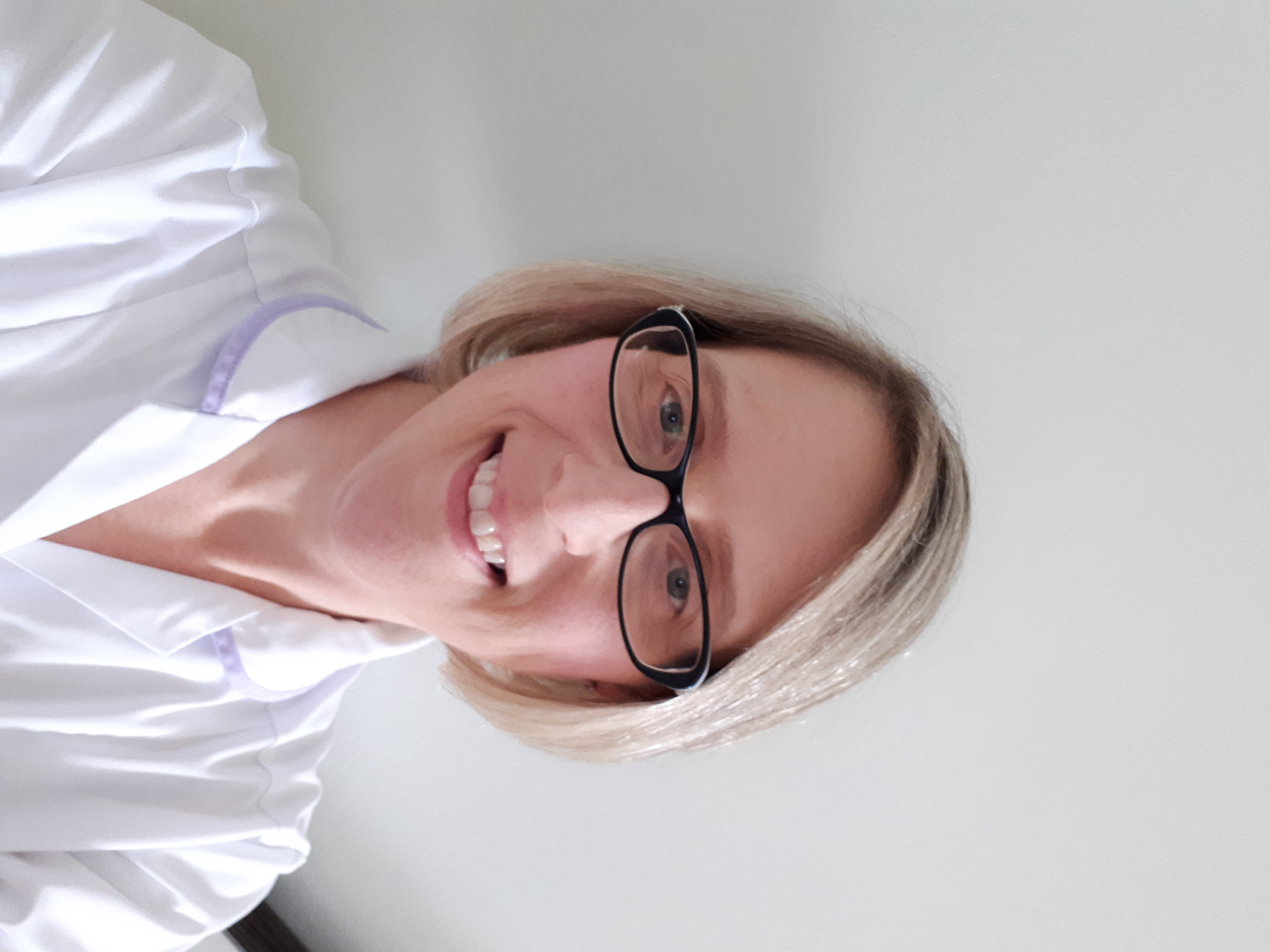
Catherine Stamp - Stroke and Apraxia of Speech
My name is Catherine Stamp and I have been a speech and language therapist for more than 20 years.
I was drawn to speech and language therapy as a career because of the fascinating range of subject areas that it encompasses. I am especially interested in the way that communication reflects our identities and enables us to create and develop relationships with other people.
I love the way that being a speech and language therapist gives us a chance to work with such a range of different people and their families.
Through our expertise we are really able to make a positive difference to people’s lives.
Early on in my career I was drawn into specialising in the area of stroke. I am lucky enough to work with an amazing multi-professional team of occupational therapists, physiotherapists, rehabilitation assistants and assistant practitioners.
Over the course of my career I have come to see what an integral part of the team speech and language therapists are and how our fabulous communication skills make us fantastic team players. I am very proud of my profession, everything we achieve as clinicians, team players and leaders and our breadth of knowledge and skill.
In the stroke team we often work with people who have ‘apraxia of speech’ (AoS).
AoS happens when the part of the brain which deals with planning or programming movements has been damaged. So in its pure form, the client will know the word they want to say and the muscles are strong enough to say it, but the muscle movements are not coordinated.
It can be difficult to understand the condition and to diagnose it because it is similar to other conditions. People with AoS will usually sound like speaking is effortful. The flow of their speech will be interrupted and often the wrong sounds or words will be made. This can range from severe to mild.
When we work with AoS, my approach is to find the clients’ strengths and to build on these in therapy.
Sometimes we may support the client to use other methods of communication such as paper-based communication charts or electronic devices. At other times modelling and repeating useful words and phrases helps.
Sometimes where singing is a strength, we may use ‘melodic intonation therapy’ - a therapy method where the client sings words and phrases and then we build from there!
